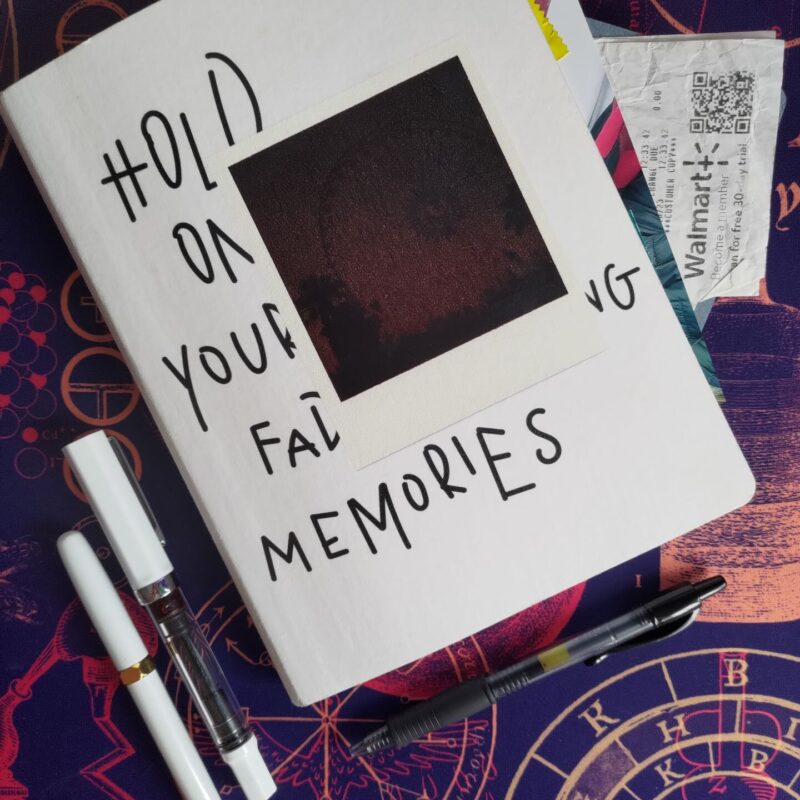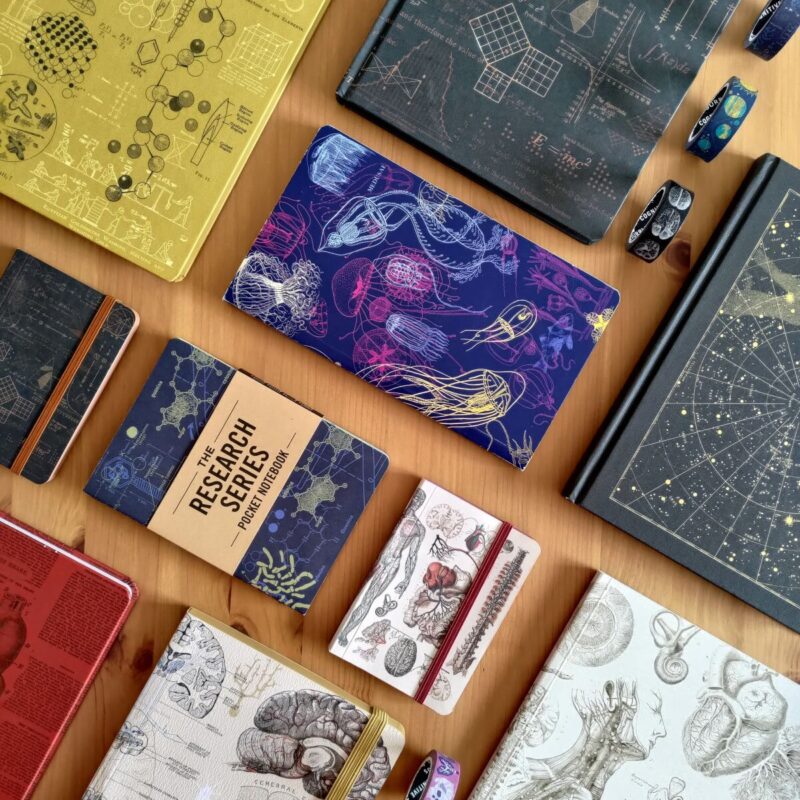Highland Smoke, a dark grey by Ferris Wheel Press
Whenever I open a new ink in one of the primary colors, I wonder if it’s different enough from other shades from the same manufacturer in that color. Do you know how different yellows can be from each other? Or oranges? Purples? Or grays?

